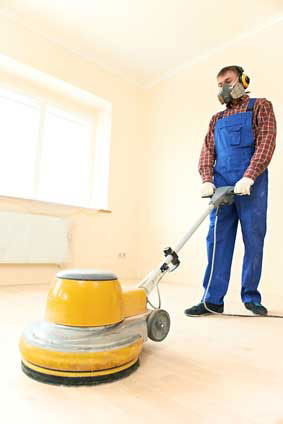One of the products that you can find at Fowles retail warehouse and Timber and Building Material Auctions is solid timber flooring. Solid timber is a high quality and long lasting flooring material. In fact, a solid timber floor can be restored over and over again and can last for a hundred years or more. When you buy timber flooring, you are making a long lasting investment in your property. Most likely, you will never have to replace it; it will just become more appealing with age.
If your home already has solid timber flooring and it’s not in good condition, then here’s what you can do to restore its beauty.

First, Repair the Floor
Before beginning the restoration, you need to make sure that the floor is completely uncovered. That means removing furniture, rugs and any floor finishes that have been placed over the wood flooring. Look for things like water stains, damaged areas and nail holes. Check storage areas for extra floor boards. If you can find them, then you might be able to replace damaged or stained areas of flooring with clean boards that match the originals. It’s rare for this to be an option, though. Usually, it’s necessary to buy new flooring of the same species and stain it to match, or find some reclaimed floor boards that are compatible. Nail holes can be filled with wood putty or with a mixture of sawdust and glue. Don’t be too bothered if you can’t fix everything. Part of the beauty of old timber floors is their imperfection.
Then, Sand the Floor
Next, rent a floor sander. Make sure that you get both an upright sander and an edger, unless you’re able to find something that can do both. Make sure that before you start sanding, you’ve removed any exposed tacks, staples and nails from the floor. Make sure that it’s clean and clear. Chose your grits based on the condition the floor is in. You’ll probably want to go over it several times, each time with a finer grit sand paper.
Read the instructions carefully and when you use the sander, be careful to walk at a steady pace. Avoid over-sanding some parts of the floor and under-sanding others. Be careful not to create indentations when starting and stopping. If the floor has a polyurethane finish, then you’ll want to sand that off and then begin smoothing out the wood. Use two to four different sandpaper grits, working your way up to 100 grit for a smooth surface. Don’t forget to use goggles and a face mask while sanding; fine sawdust can be irritating to the eyes and the lungs.
Finally, Finish the Floor
You’ll be left with a smooth and even floor, perhaps with a few imperfections. Now’s the time to carefully detail sand, dust, scrape and clean the floor and after that, you’ll want to finish it with wood dye, oil and/or a polyurethane or natural protective finish. If you can, test the colours in a closet or another area that isn’t very noticeable before treating the whole floor.
Once you see how good a restored wood floor can look, you’ll want to install timber flooring in every room. Fowles makes it easy and affordable.
